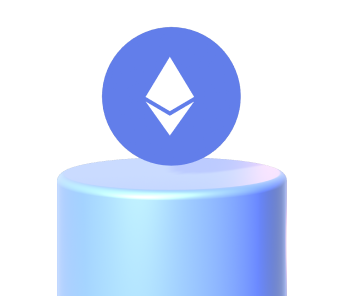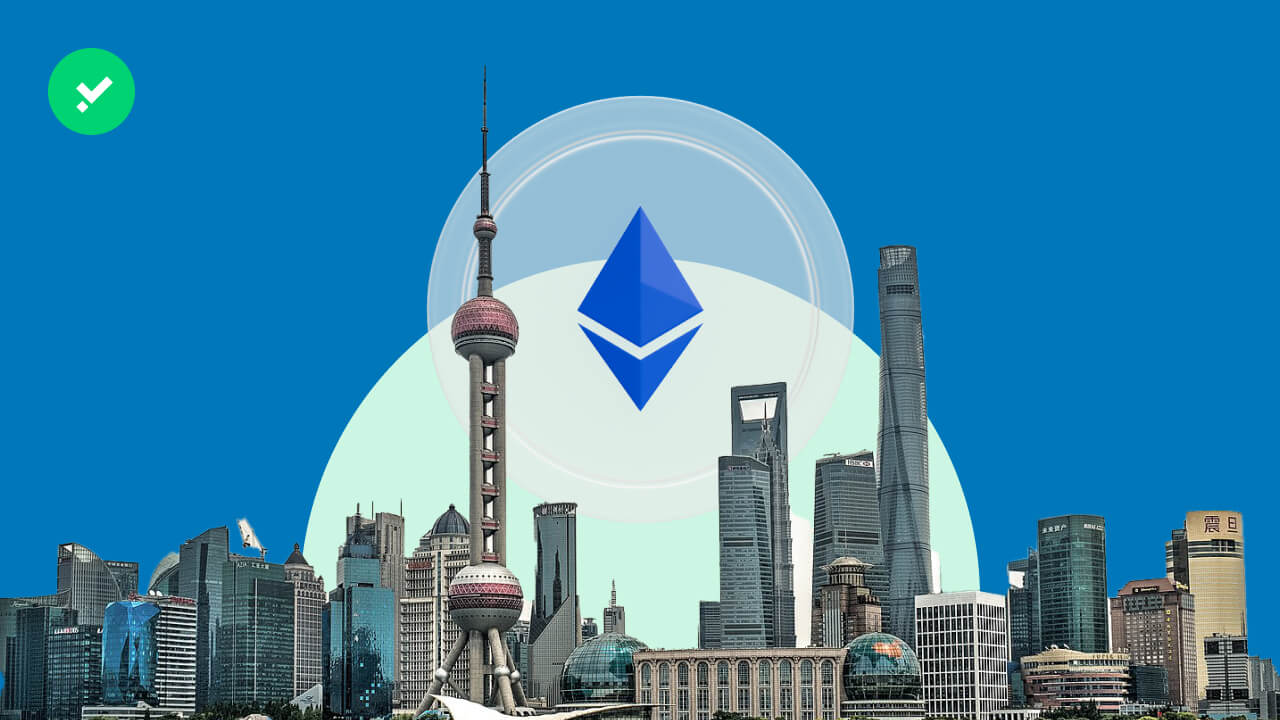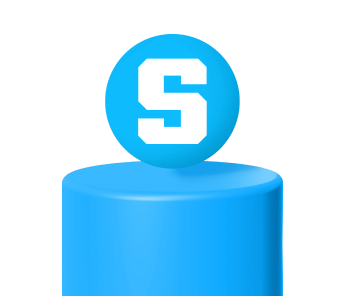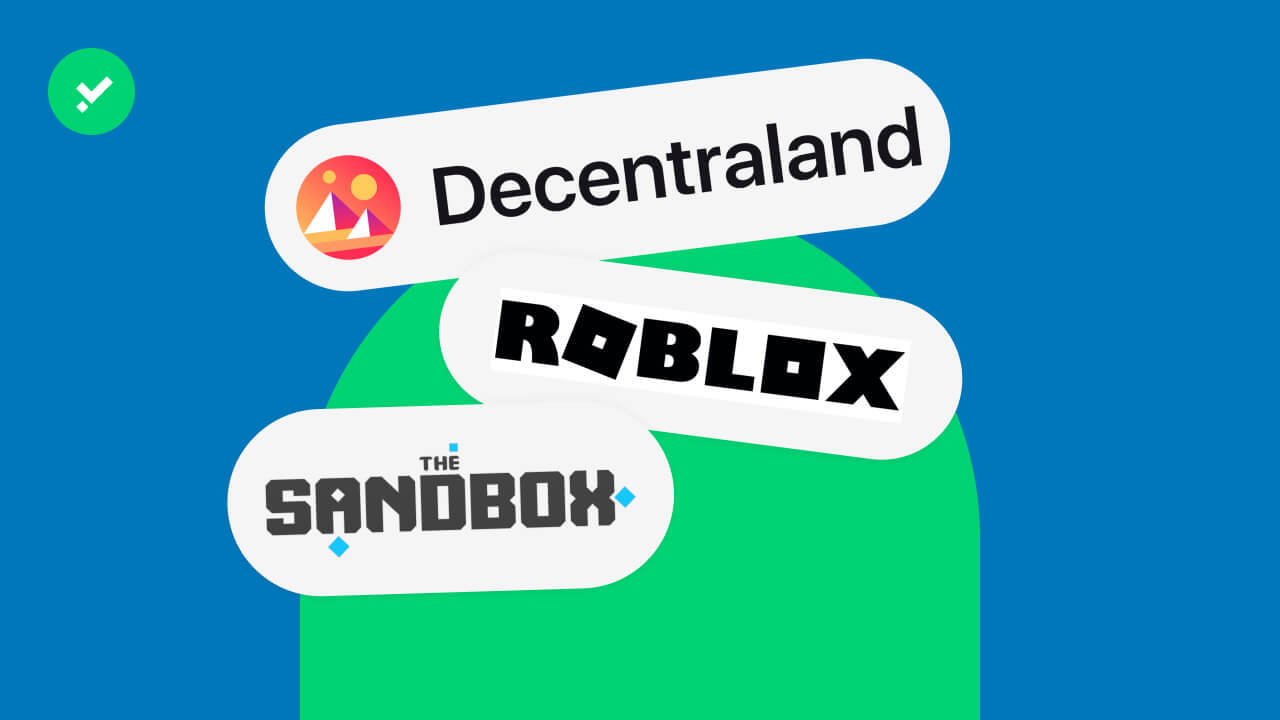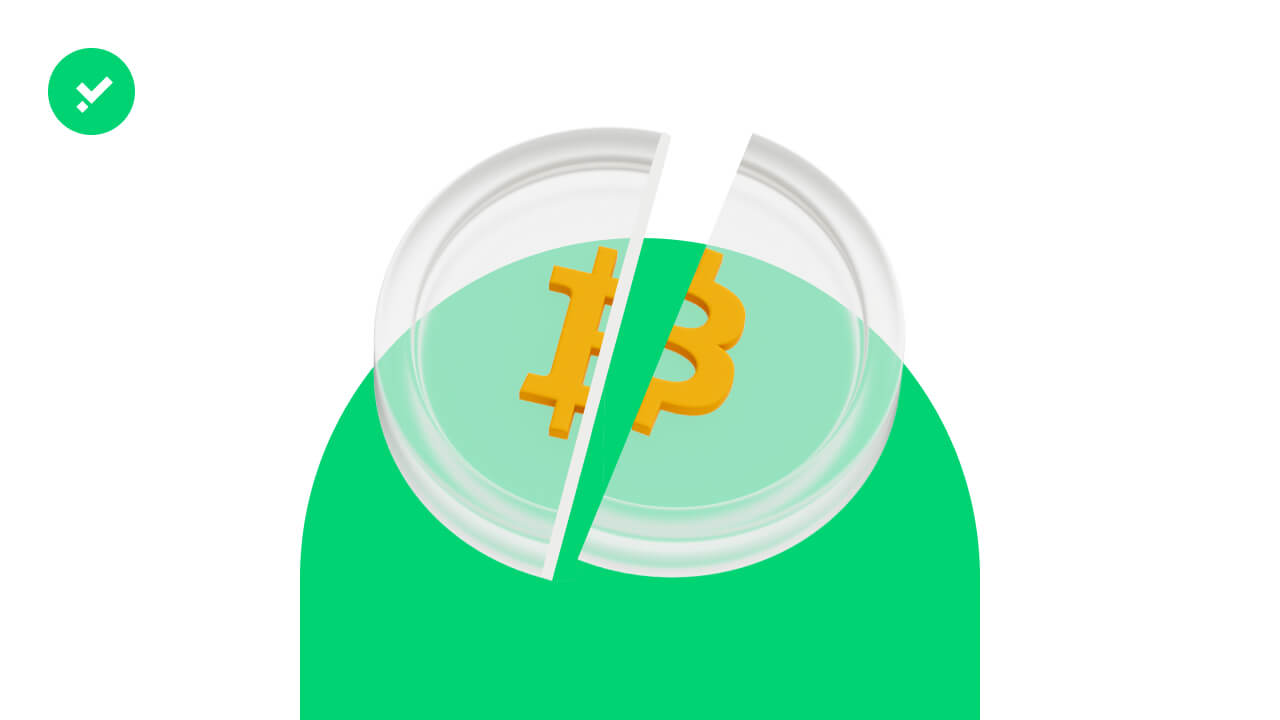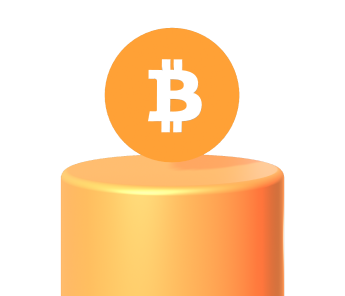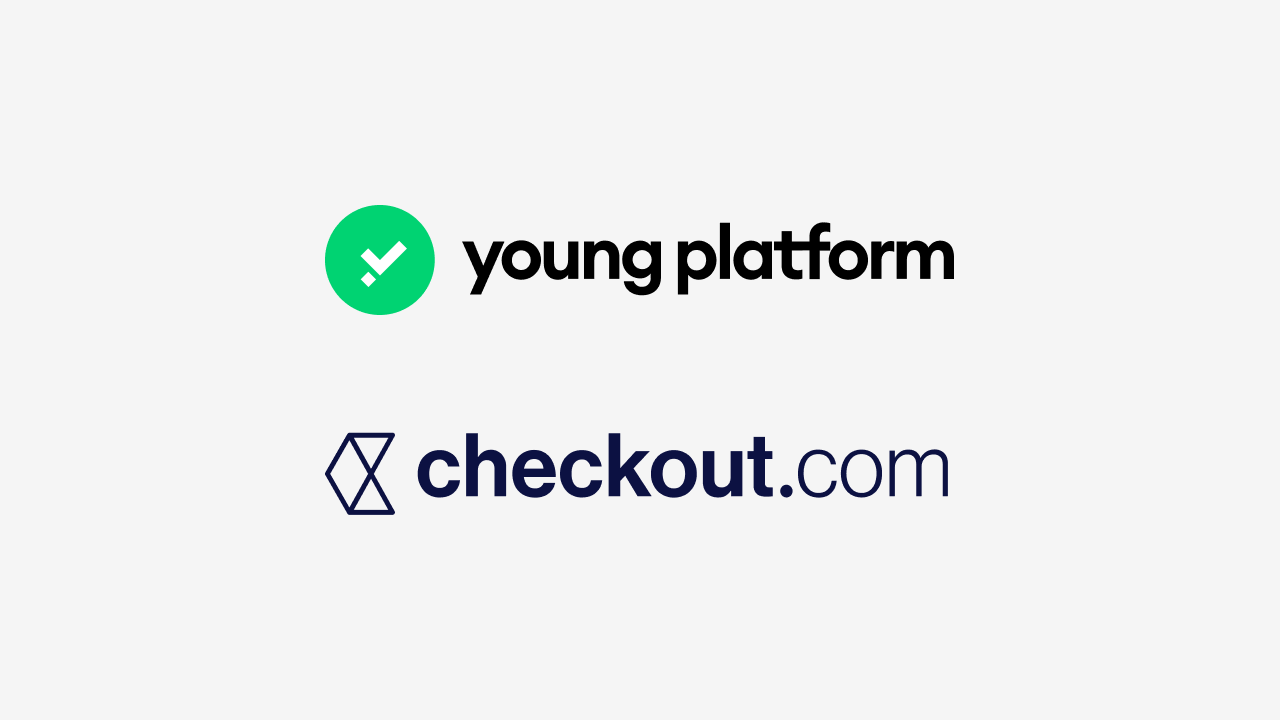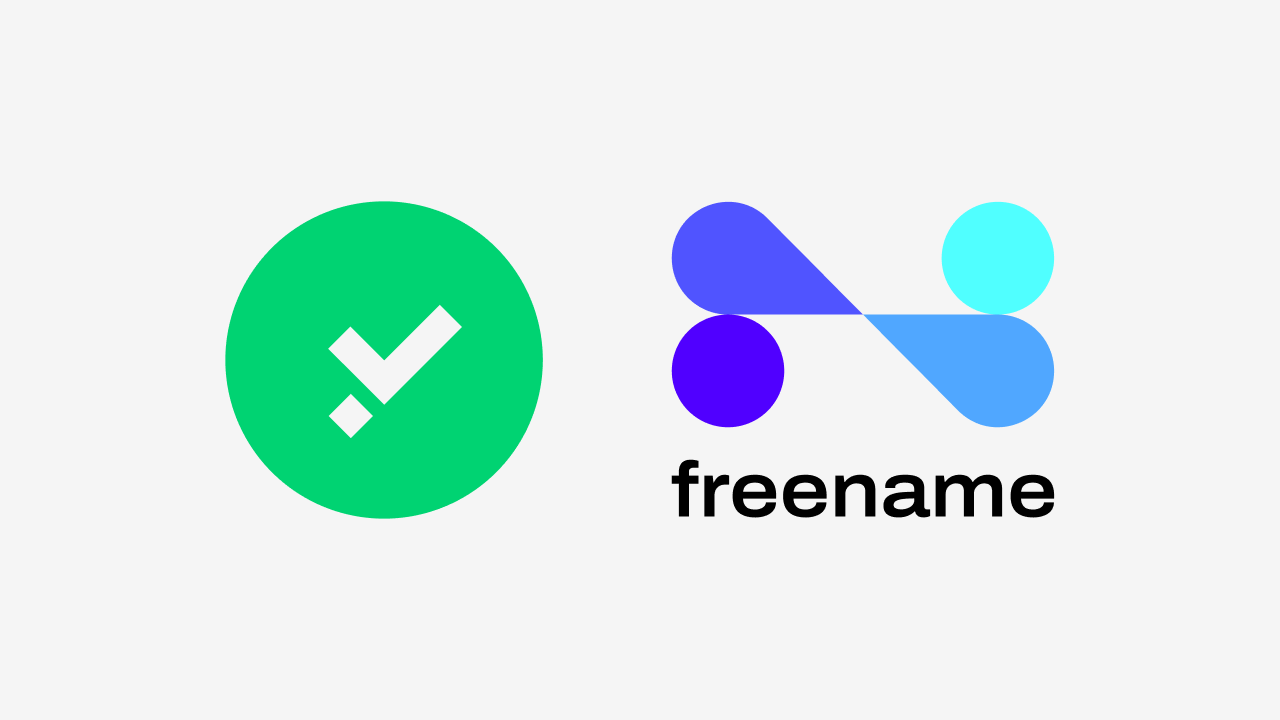Ethereum: what will happen after the Shanghai update?
We are very close to the activation of Ethereum‘s new update, Shanghai. This will allow users to withdraw ETHs they had locked in staking from 2020. That year marked the beginning of Ethereum becoming a Proof-of-Stake, thanks to the emergence of Beacon Chains, a parallel network managed by the new consensus mechanism. It was the developers who chose to block withdrawals for this long period of time. The reason? To ensure maximum security of the blockchain that could have been in trouble due to mass withdrawals.
After the Beacon Chain came The Merge update, which was activated on 15 September 2022. On that occasion, the merger of the parent blockchain to the Beacon Chain took place, the union into a single blockchain managed by a Proof-of-Stake consensus mechanism. Now all eyes in the crypto world are once again on Ethereum because of the Shanghai update. Everything you need to know is in this article! What impact could this have on the price of ETH?
Ethereum Shanghai: what is the update for? What happens next?
The purpose of the Shanghai update is very simple and clear: to enable withdrawals for those who have staked their ETH so far.
After activation, those who participated in Ethereum’s consensus mechanism by staking can decide whether to leave their ETHs where they are. Or whether to redeem them with the ‘unstake‘ function. In this case, it is not possible to choose an amount of crypto to unstake, the entire amount originally staked will be returned.
With the activation of the Shanghai update, all users, both those who decide to redeem their crypto and those who continue with staking, will receive the rewards they have accumulated through the validation of transactions on the blockchain. The rewards will be sent automatically to users’ wallets if they have provided their withdrawal address.
For those who have staked through providers, and not directly on Ethereum, precise instructions on how the unstake will be handled have not yet been communicated.
Shanghai Activation Date
The date on which Ethereum’s Shanghai update will be activated has not yet been announced. What is known, however, is the day on which the last testbed will take place: 14 March on the Goerli testnet; during the previous tests, which took place in February on Zhejiang and Sepolia, everything went smoothly. The mechanism regulating the activation of Shanghai is described in the ‘Ethereum Improvement Proposal (EIP -4895)’, in which all the functions that will be inserted or changed within the smart contract that regulates staking are set out.
How will Shanghai affect the price of Ethereum?
The Shanghai update is a key turning point in Ethereum’s roadmap and therefore could have an impact on its price. Although it is impossible to predict with certainty what will happen, one can speculate. Here are the factors that could cause ETH’s price to fall and those that could lead to a pump.
Why could the price of Ethereum collapse?
The update could cause increased selling pressure and consequently a drop in price. Users could withdraw Ethereum en masse and sell it on the market together with the Ethereum distributed as a reward. If this were to occur, we could see a domino effect that would cause the price of ETH to collapse.
Will the price of Ethereum rally after Shanghai?
Looking at the on-chain data, there are those who argue that the price of Ethereum will rise. In particular, the value to watch is the amount of ETH currently blocked in the staking smart contract.
To date, there are about 17 million Ethereum staked, which corresponds to less than 20% of the circulating supply of about 120 million. This figure is much lower than on other Proof-of-Stake blockchains, where the percentage of staked cryptos is around 40% (on Solana and Cardano it is even higher than 70%).
At the moment, not many users have locked their ETH in staking, the main reason being that their crypto is tied up for long periods of time. After Shanghai the situation might change, we will be able to withdraw and deposit freely. In this case, we could see the number of staked ETH increase and consequently see a reduction in selling pressure on Ether and thus an increase in price.
It is important to note that a large percentage of the ETHs staked were deposited by users more than a year ago, and the average purchase price of these cryptos is over $2,000. To date, users staking Ethereum who are in profit are only 16% while the remaining 84% are in loss. Therefore, to cause a decrease in the price of Ethereum, users would have to sell their Ether at a loss, a hypothesis that seems remote. Indeed, it is assumed that those who have chosen to staking their cryptos without knowing when they will be able to unlock them, strongly believe in Vitalik Buterin‘s project.
The future of dapps for staking
Those who will definitely be affected by the Shanghai update are the dapps that offer staking and yield farming services on Ethereum. These include liquid staking platforms that are used by those who only want to stake small amounts of Ether. The possible consequences for these types of services are mainly twofold.
With the possibility of depositing and withdrawing ETH at any time given by the Shanghai update, these dapps could develop new functionalities. New DeFi projects will probably also emerge to explore all opportunities to maximise rewards.
Moreover, there are those who see Shanghai as the next standard of basic staking returns for the entire crypto world. These dapps will thus have to compete directly with Ethereum, as well as with their own competitors, and offer rewards more profitable than those guaranteed by the blockchain created by Vitalik Buterin.
In short, Shanghai will start a new cycle of innovation for the Ethereum network that could affect a huge number of projects and hundreds of thousands of users in the crypto world.
But Ethereum’s renewal does not end with the Shanghai update. The developers are always working to improve the blockchain. On the horizon are Sharding and then The Surge, The Verge, The Purge and The Splurge updates!
